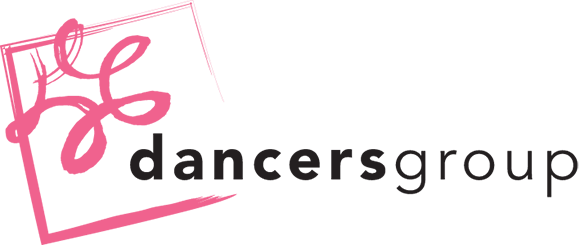Hope is a practice, I tell myself over and over again these days in the early months of 2025 when every news update indicates more upheaval and violence from the US Federal government, funding bodies across the US, and between individuals following the lead of those in power. These days, I feel simultaneously inconsolable and lit up by a willful fire to continue fighting for liberation. I write to friends, I attend actions, and very often, I cry as I ingest the state of the world.
When I began the process of curating this issue of In Dance for Spring 2025, I reached out to artists, scholars, writers, movers with whom I feel deeply Judith Butler’s provocation that we must be “undone by each other.”[1] Butler writes, “ if we’re not, we’re missing something.”[2] I am undone by the writers brought together in this issue: undone by their capacity to see the world and imagine otherwise; undone by their trust in me to bring something into the world; undone by their artistic practices and willful choices to keep making art.
None of us here have come up with utopia, but each of the writers, I believe, has found ways to be with what Anna Tsing calls an “impossible present, this time of rupture, a world haunted with the threat of extinction”[3] and to make it more bearable, more alive. As I reached out to folks, this issue became an issue highlighting women or women-adjacent writers, many of whom are queer-identifying, many of whom are of color, and when I noticed this about this group, I realised that we are the people who have historically had to dream other futures. And to borrow from June Jordan, we are the ones we’ve been waiting for. Our survival(s) have always depended upon our capacity for connection and dreaming that another world is possible.
Each of these authors have considered what it means to them or how they are able to imagine the world or dance or the arts otherwise and into the future. In 2000, Octavia Butler wrote a piece for Essence magazine titled, “A Few Rules for Predicting the Future.” She wrote: “Of course, writing novels about the future doesn’t give me any special ability to foretell the future. But it does encourage me to use our past and present behaviors as guides to the kind of world we seem to be creating. The past, for example, is filled with repeating cycles of strength and weakness, wisdom and stupidity, empire and ashes.”[4] The past for me is a way to look for those who have repeatedly been left out. I continue to look for us and know we are out there. In this world where words like “activism,” “bias,” “BIPOC,” “disabilities,” “gender,” “LGBTQ,” “race,” and “women” (just to name a few) show up on a leaked list of “banned” words from the National Science Foundation, that is informed by the Executive Order 14151, “Ending Radical And Wasteful Government DEI Programs And Preferencing,” we need to hone our skills of imagination now more than ever.
In “The Future is Behind Us, Too,” Julie B. Johnson orients us toward the imperative of memory work and visioning forward and backward “leap over the time between then and now to find connection, clarity, and understanding.” Hannah Schwadron and Ivanna Pengelley write that “Like birds migrating, we don’t have a map, but we have practices to personally return to and to share with others,” carving pathways toward liberation through improvisation. Veronica Jiao encourages us to consider the importance of booty shaking so that we can be “with childlike wonder that somehow still flourishes within colonialism before capitalism has the chance to squash it out.” Raissa Simpson takes on the “economics of dance through empirical studies on Black dance” to challenge and reimagine how Black leaders in dance forge pathways forward for the field. Rebecca Fitton brings together the past to inform the future in a moment of upheaval in the arts funding landscape to “share some mutual calls to action as we DREAM toward a more creative solution than the current philanthropic approach.” Stephanie Heit utilizes the metaphor of conduction to improvise through dancing and writing to “keep weaving these connections that slowly and with care are a pulsing thing, a web of antennaed knowing, so many strings, vibrating in song.” Yayoi Kambara comes home to her body as a way to face “the risk of living.” And finally, Norah Zuniga Shaw speaks through the Climate Banshee to engage with the questions of what makes (our) futures “livable.”
Each of these writers dreams, by way of past, present, and future to make and remake the world at every turn. Let us remember that Mariame Kaba writes, “everything that is worthwhile is done with other people.”[5] This group of writers represents a window into the type of people with whom I hope to do worthwhile things in this world. So I ask you this now: Do you feel like you have the ability and capacity to imagine that the world around you could be different? What does that look like?
in solidarity and community,
Bhumi
[1] Judith Butler, Undoing Gender (Routledge, 2005), 19.
[2] Judith Butler, Undoing Gender (Routledge, 2005), 19.
[3] Anna Lowenhaupt Tsing, Arts of Living on a Damaged Planet: Ghosts of the Anthropocene (University of Minnesota Press, 2017), G6.
[4] Octavia E. Butler, “A Few Rules for Predicting the Future,” Essence Magazine, May 2000, 166.
[5] Mariame Kaba, We Do this ‘Til We Free Us: Abolitionist Organizing and Transforming Justice (Haymarket Books, 2021), 178.
This article appears in the Spring 2025 issue of In Dance.


